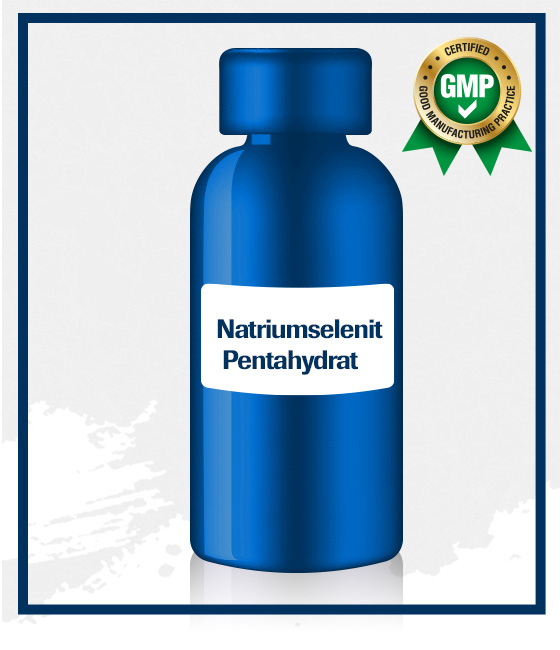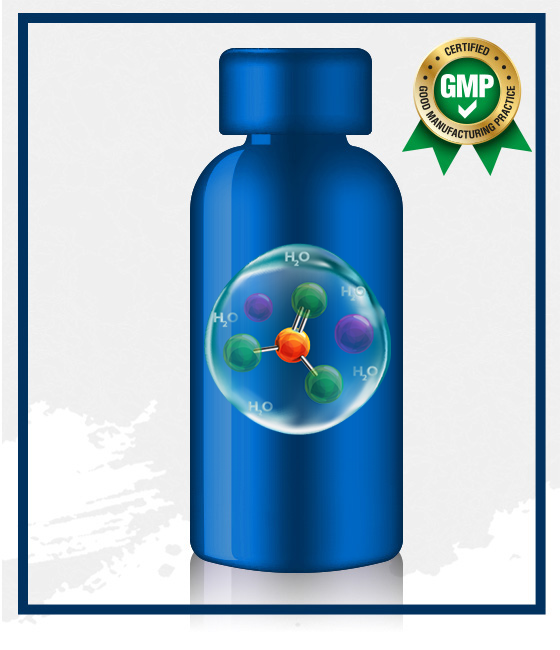It is just over 200 years since people have first known about selenium. Selenium, from the Greek word for moon, was discovered in 1817 by the Swedish physician and chemist Jöns Jakob Berzelius in the lead chamber sludge of a sulphuric acid plant. At the time, he did not immediately realize what a significant find he had made. At first, Berzelius thought the substance was tellurium, derived from the Latin word for earth, to which selenium has some similarities. Thus, when both elements were burnt, a distinct odor of radish developed. In 1818, however, Berzelius concluded in the course of his experiments that this was a new element. To point out the similarity to tellurium (earth), he named it selenium (moon).
But selenium is not so easy to find in the earth. It is not as flashy as gold or as sparkling as a diamond. And if it is to be turned into the trace element that is so important for humans, it is a long journey. The substance generally occurs in the form of metal selenide and sulphurous ores. The latter can be found in copper, lead, zinc, gold and iron.
During the production of sulphuric acid from the sulphurous rocks, selenium dioxide is produced in the sludge. The selenium dioxide is then purified, and is used as the basic material for the production of sodium selenite at biosyn Arzneimittel GmbH in Fellbach.
Here in Swabia, not far from Stuttgart, the experts of the medium-sized company first produce a selenous acid. Before it can be processed further, it is purified in a complex process. Finally, pure selenium remains – again in the form of acid. Now caustic soda comes into play. It neutralizes the whole thing and sodium selenite is formed. The water is then removed from this solution with the help of a vacuum. During the drying process, it is important to catch exactly the point at which the sodium selenite pentahydrate is formed. It takes about a week to produce a batch.
Behind the production of sodium selenite pentahydrate lies a lot of biosyn's own know-how. The process and the technical equipment for the production were developed by the family-owned company itself. The biosyn technology allows the aseptic production of high-quality trace element compounds under highly clinically and hygienically pure conditions.
In Fellbach, sodium selenite is produced for private use. In addition, medium-sized drug manufacturers and large pharmaceutical companies are supplied with the high-quality sodium selenite for research purposes and clinical applications. biosyn's dietary supplements with selenium, as well as the corresponding medicinal products are then produced by partners. biosyn always makes sure that all quality standards are met.






